
Projection, Ausstellungsansicht Body Archive Project, Löwenbräu Zürich
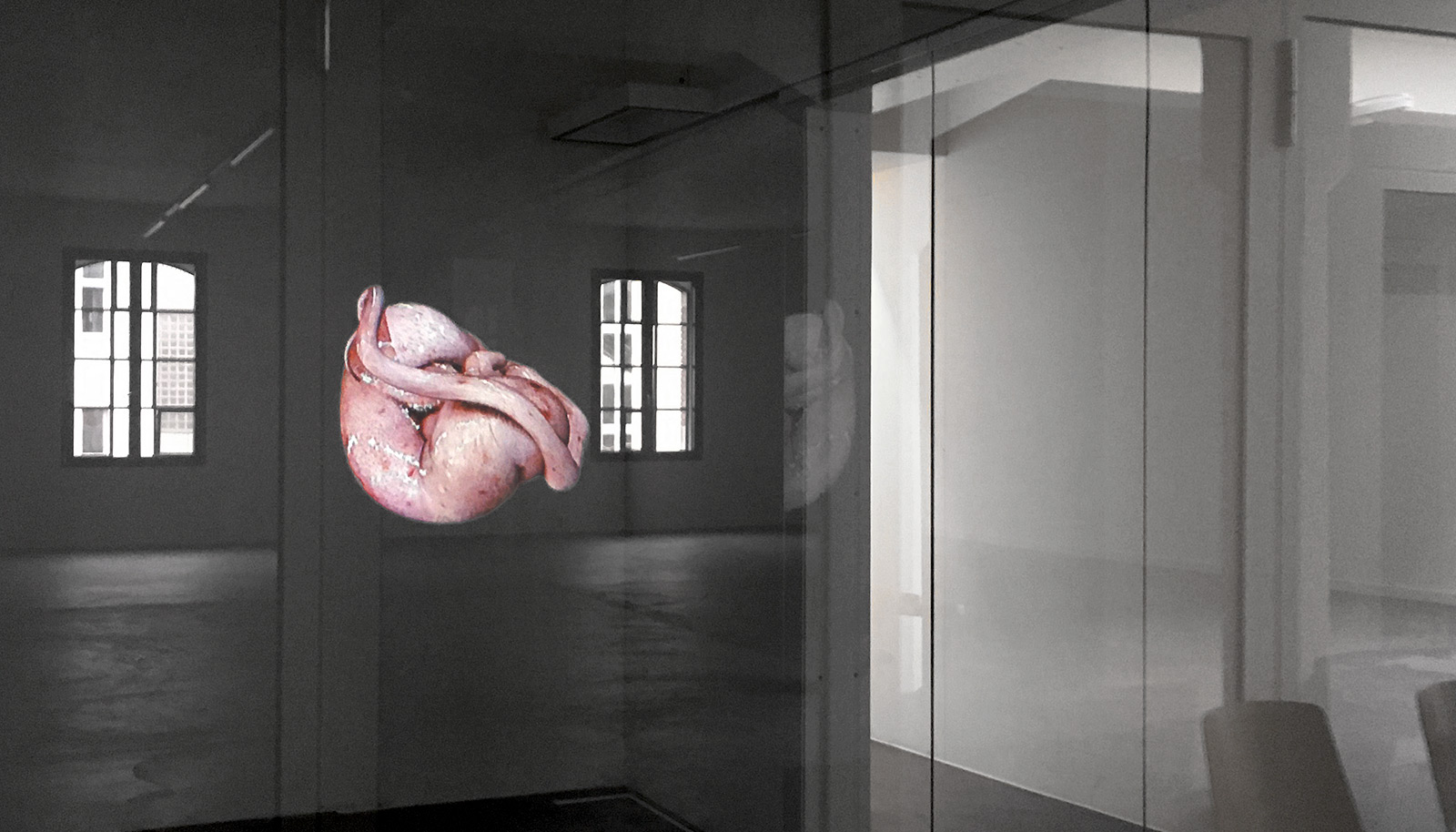
Projection, Ausstellungsansicht Body Archive Project, Löwenbräu Zürich

Projection, Ausstellungsansicht Body Archive, Löwenbräu Zürich
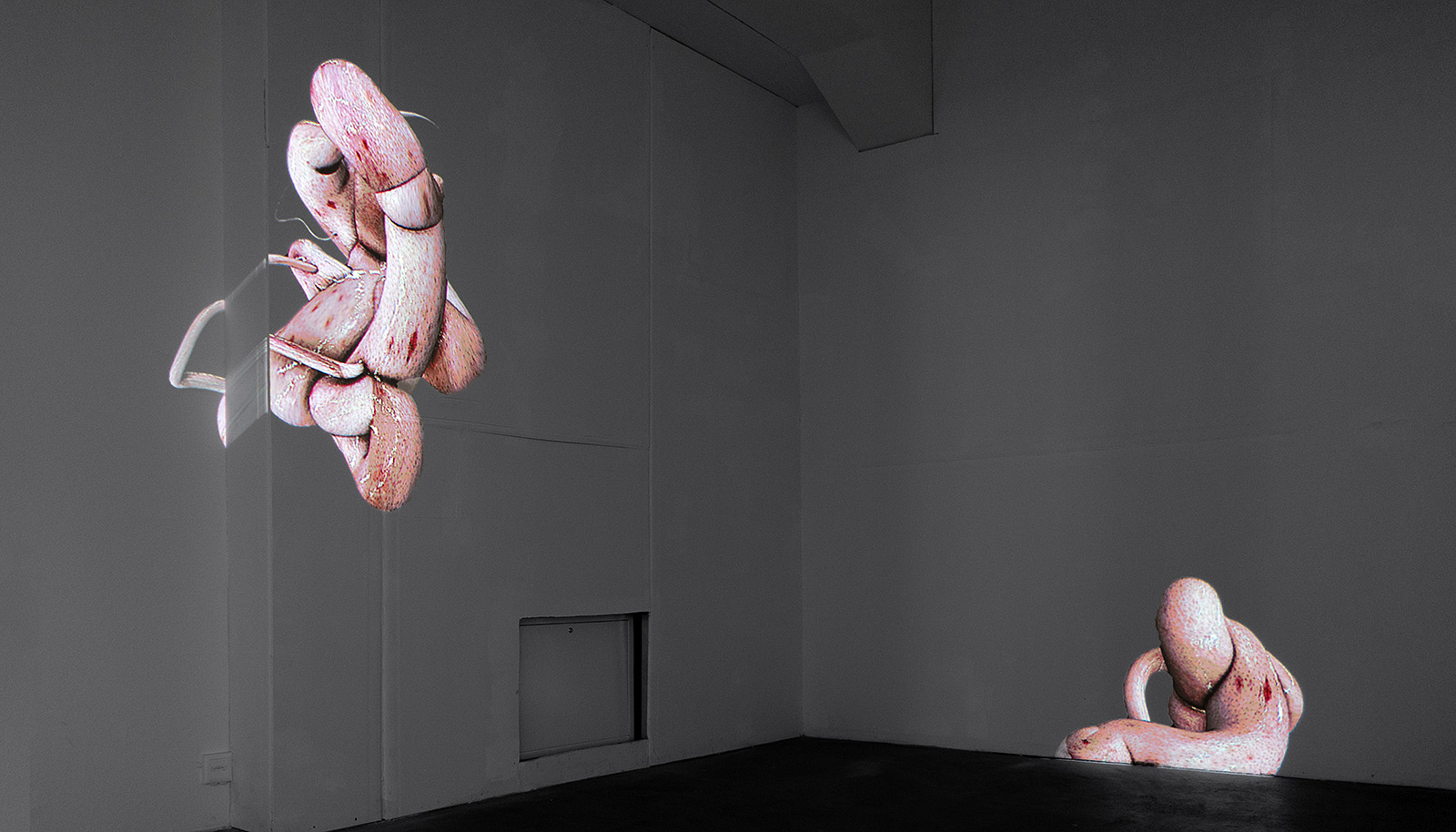
Projection, Ausstellungsansicht Body Archive Project, Löwenbräu Zürich
Projection, video excerpt
Projection, video excerpt
Projection, video excerpt
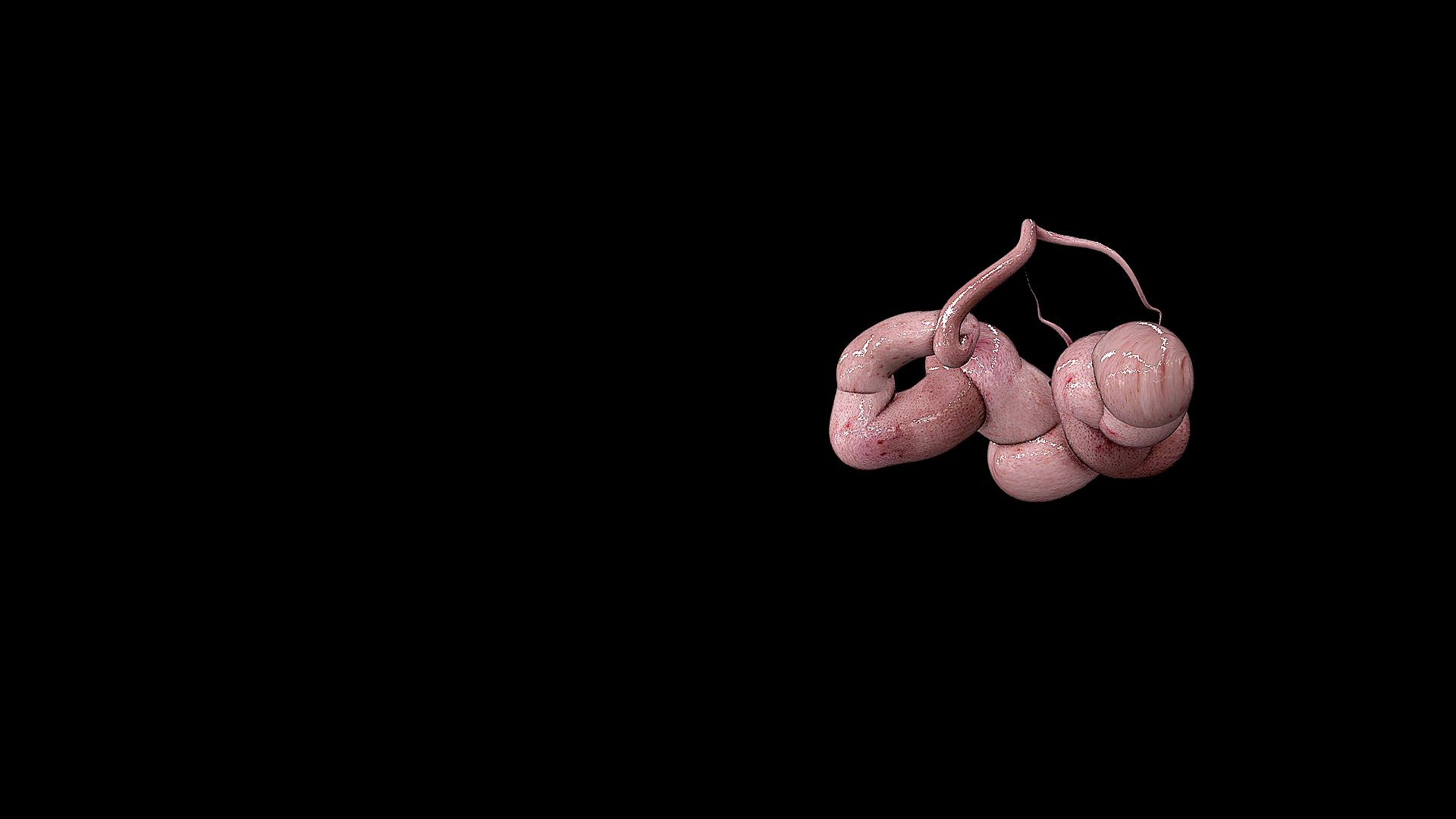
Projection, videostill
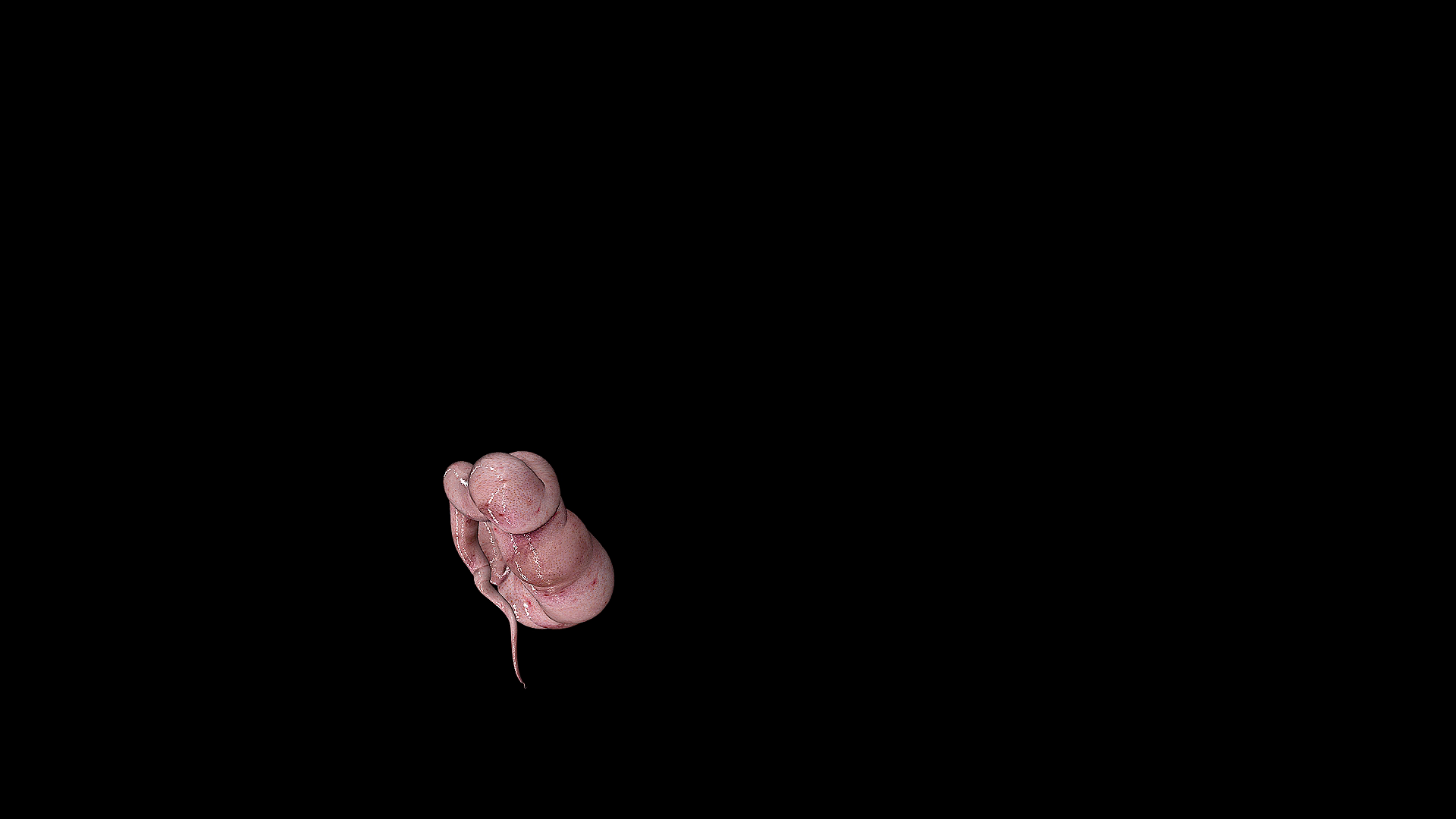
Projection, videostill

Projection, videostill
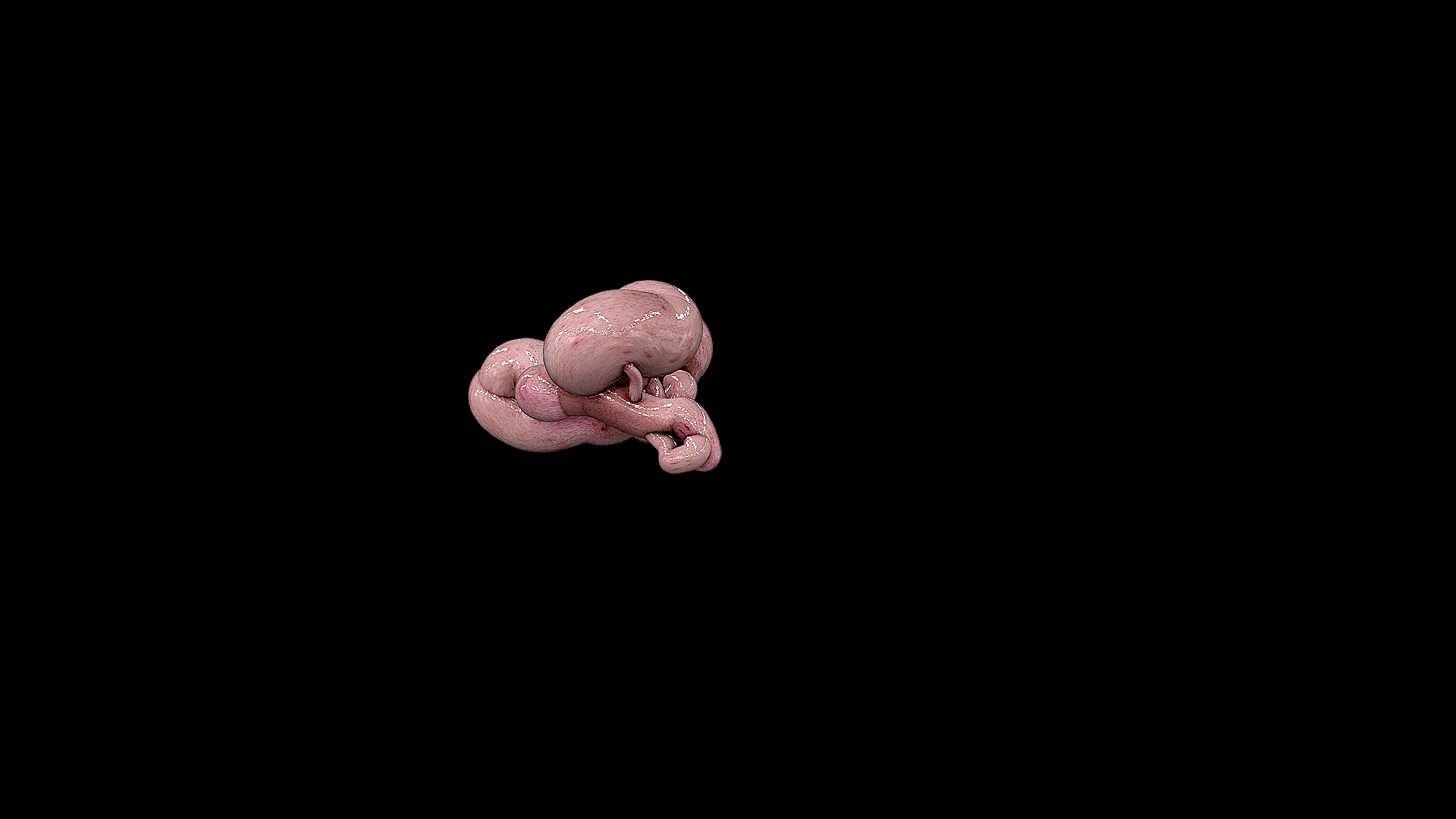
Projection, videostill

Projection, videostill
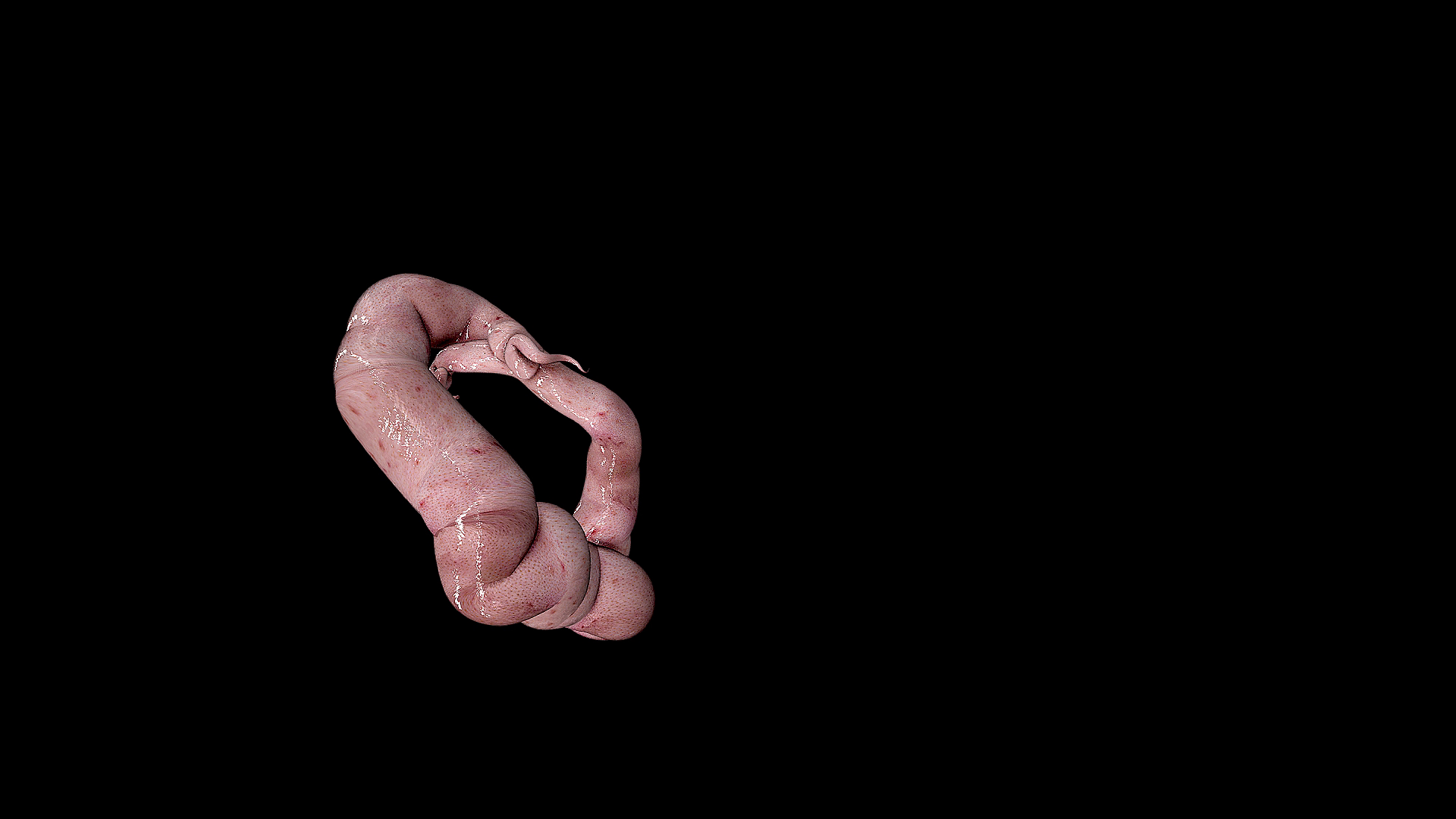
Projection, videostill
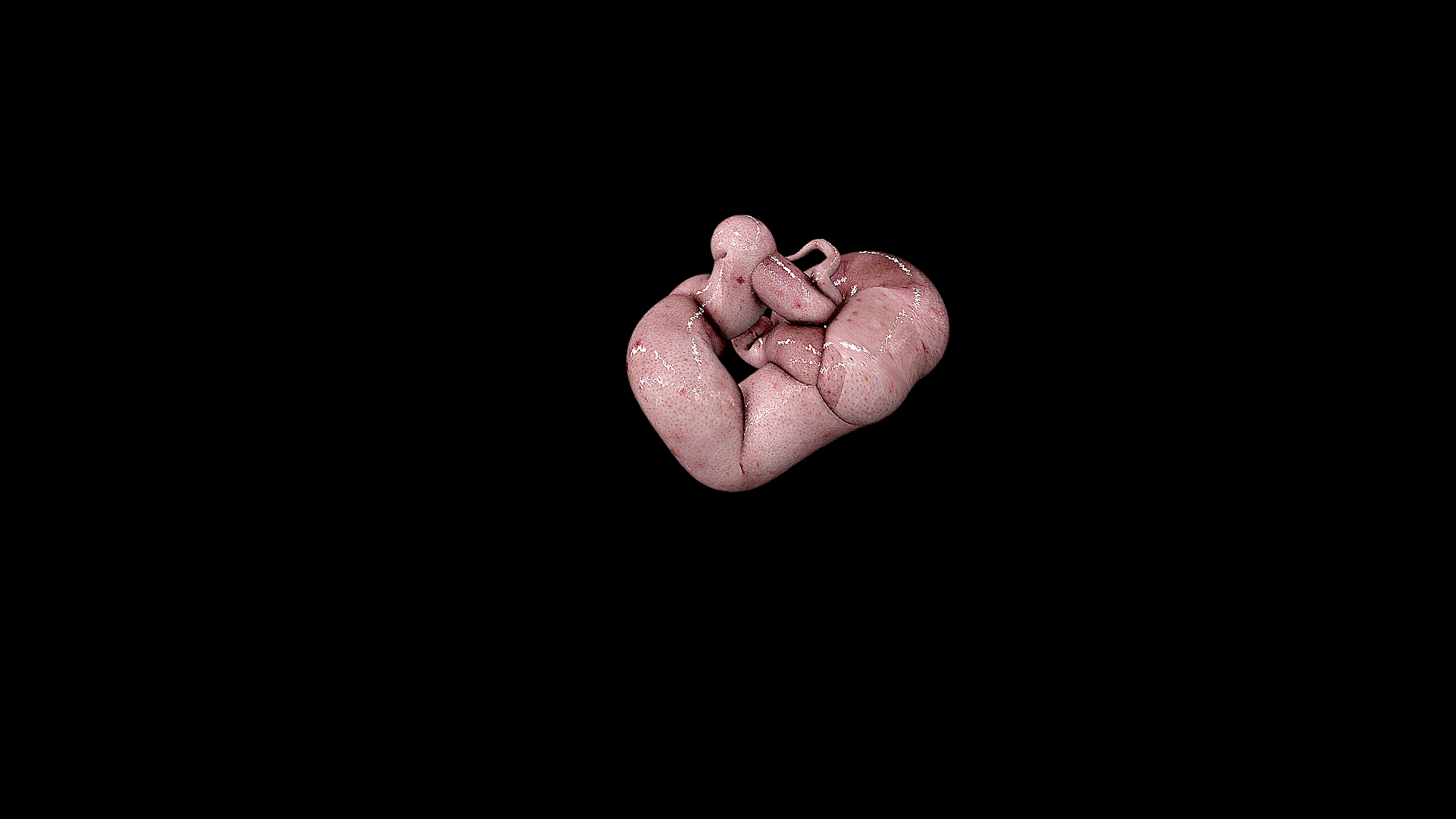
Projection, videostill
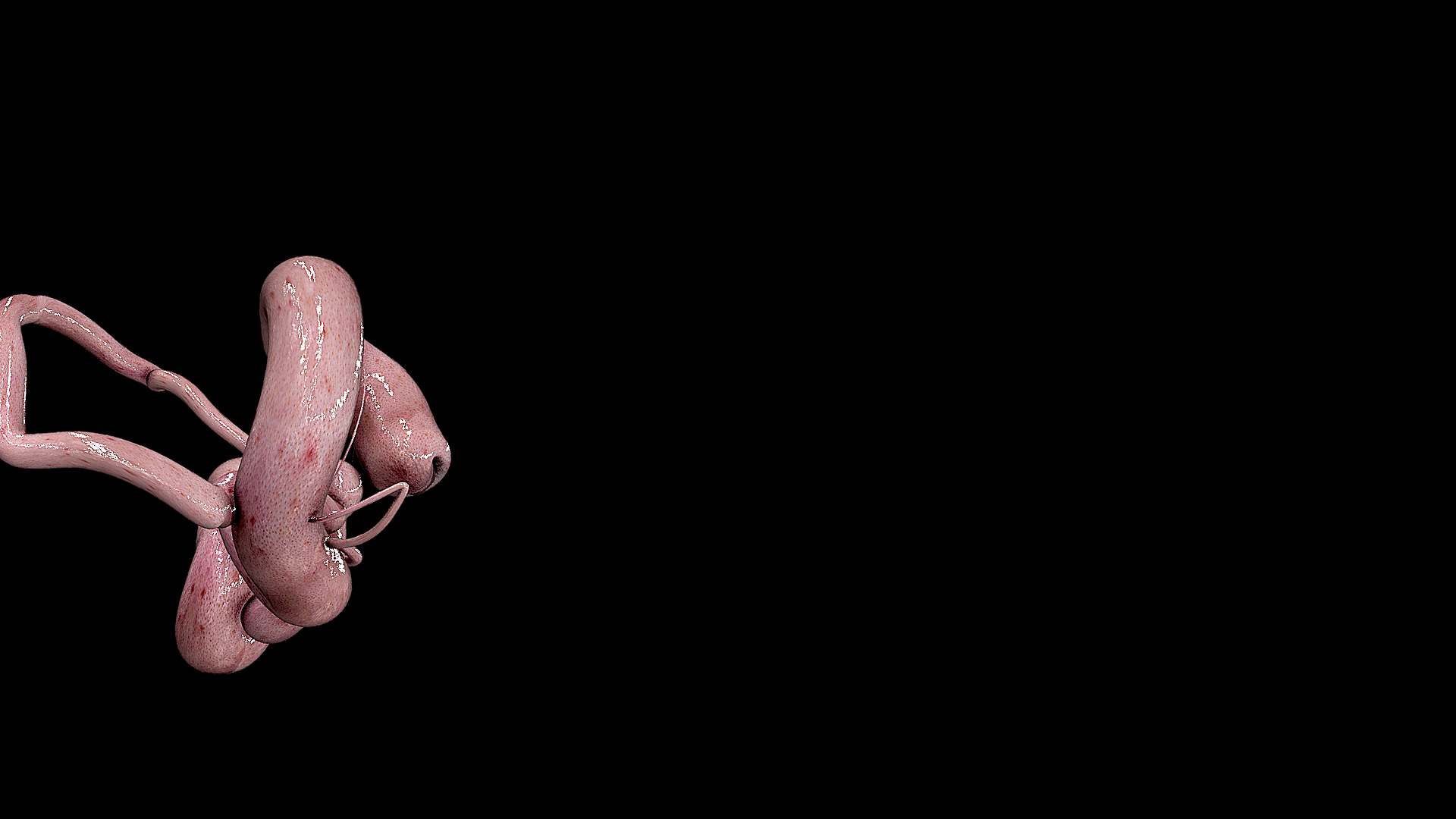
Projection, videostill
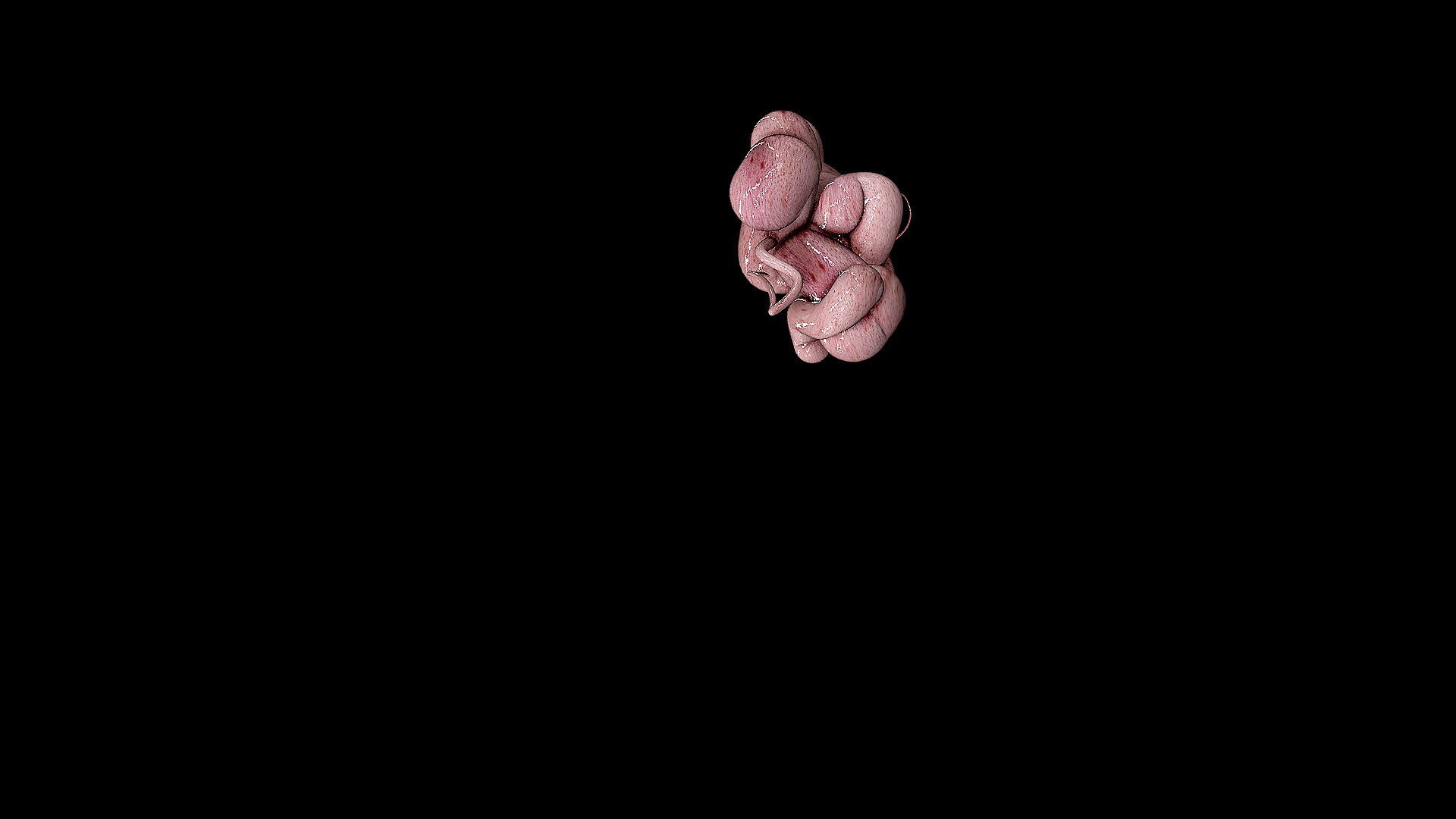
Projection, videostill
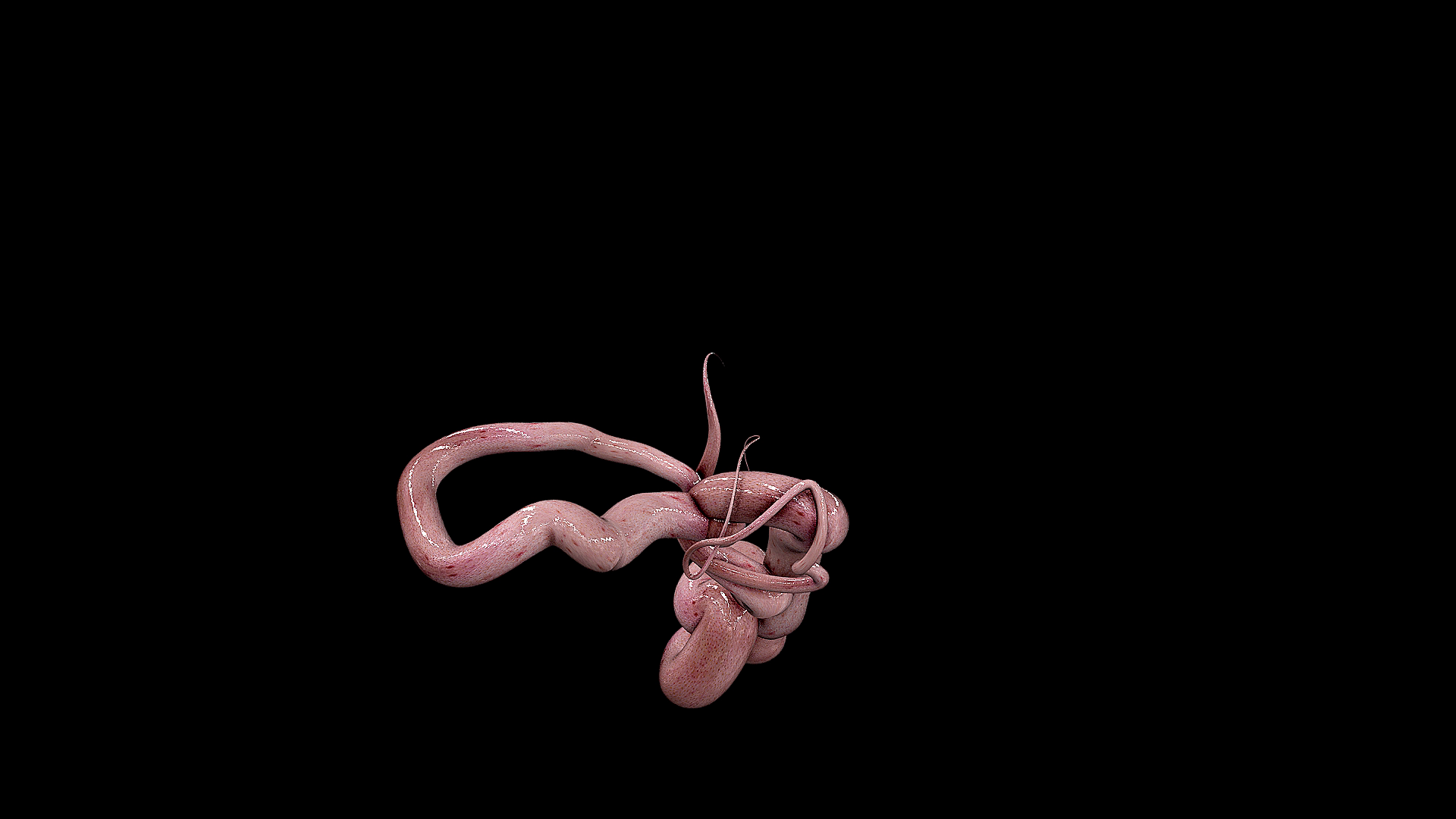
Projection, videostill
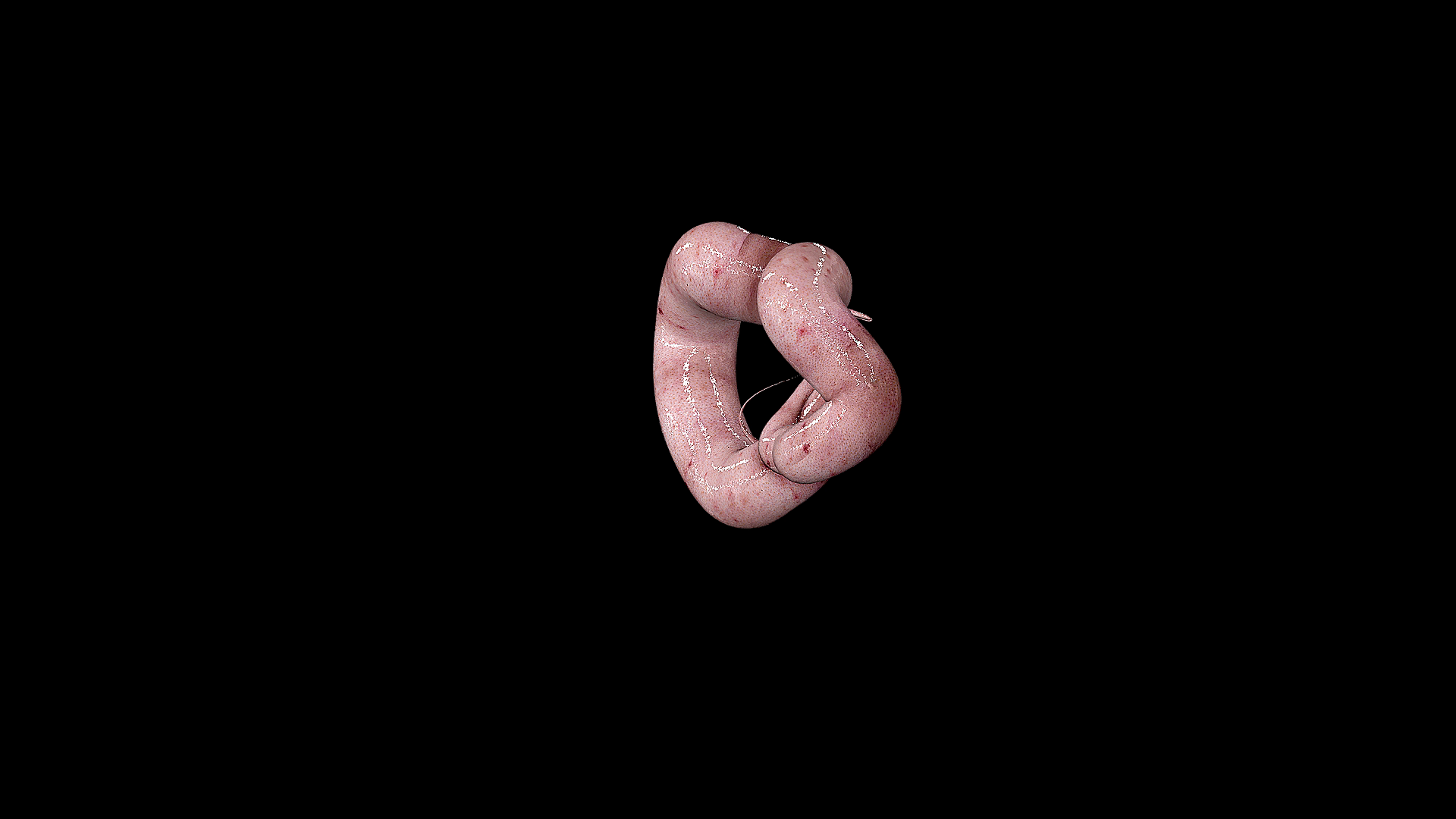
Projection, videostill
DE)
Body Archive Project
Esther Hunziker | 03.07.20 – 12.07.20
Löwenbräu, Floor A
Limmatstrasse 268, 8004 Zürich, bodyarchive.net
If you visit Esther Hunziker’s exhibition at Body Archive Project, it is likely that you will feel strangely out of place or at a loss about your own position as a viewer. Not least due to the fact that the exhibition room is, actually, closed, thus forcing you to remain physically shut out of the installation and confined to the role of an external viewer. You may sense that this is a statement and—why not?—a radical commentary about the hegemony of so-called “immersive installations” that have of late become a truism of the mainstream artistic lingo. Or perhaps is this simply a scenographic device motivated by technical limitations. In any case, all you can do is watch the digital projection on the wall beyond the vitrine, try to make sense of the muffled sound coming from the other side of this glass barrier, and delve into the eerie feeling that so often exudes the artist’s multimedia practice.
It is difficult to put precise words on what you see. It is a shape that seems to be constantly morphing while wandering on the walls of the space. It looks like an elongated tube of organic matter snarled into a knot, incessantly loosening and tightening along the way. Is it alive? Is it a kind of worm? Or does the fleshy texture rather remind you of your own body’s most off-putting, even abnormal parts: bowels, ulcer, tumor, parasites and whatnot… The discomfort you may experience is furthermore accentuated by the crackling voice of a woman dictating seemingly abstract strings of numbers over a radio. Nothing in the show will help you decipher what this is really about. And so, you stand there, behind the glass, subjugated by the experience of your own perplexity.
Esther Hunziker’s practice is rooted in her fascination for strangeness. She navigates the bewildering waters between the common and the alien, and, more particularly, the extraordinary circumstances under which these two opposite streams may occasionally coalesce to merge into one another. At the confluence of such antagonisms lies a powerful revelatory potential, and it is precisely such an intricate territory that Esther Hunziker’s artworks inhabit. Working with highly evocative materials consistently taken out of context or resignified by means of collage and juxtapositions, she gives shape to situations that confront viewers with a feeling of resolute ambiguity induced by the incongruousness of what should normally have seemed commonplace.
This back-and-forth between identification and alienation is the kingdom of the uncanny—the scary impression that something you think you recognize is, in fact, not quite what it appears to be or, conversely, that something you cannot really describe feels strangely familiar. In German, “uncanny” translates as unheimlich, which Freud related etymologically to the Germanic root heim, or “home,” thus implying that such an experience was conditioned by a deep sensation of estrangement. For the Austrian psychologist, the uncanny was characterized by a formerly repressed belief suddenly resurfacing from our unconscious and overwhelmingly confronting us with the long-lost faith in the absolutism of our subjective thought. Because this belief was, however concealed, always part of us, it explains why the object causing its resurgence simultaneously appears to us both familiar and yet completely alien. In this sense—and not unlike Stranger Things’ “Upside Down,” if you are acquainted with the TV series—the uncanny activates a kind of parallel mental space in which one experiences the ambivalent possibility of feeling at the same time at home and in a completely foreign place.
What Esther Hunziker’s approach seeks to open up is precisely such a space in which the viewer is triggered to perceive under a peculiar light things that should have appeared ordinary. Remarkably in this exhibition, that aim implies to restrain access to the interior of the exhibition room by maintaining the exhibited material—although visible through the glass wall—categorically separated from the audience. What is more, the room itself is kept empty, since the exhibition is devoid of any objects and consists of purely intangible works: a digital projection and a sound piece. In other words, Esther Hunziker’s solo show at Body Archive Project operates at the frontier between inside and outside by compelling the viewers to question their own physical agency within this tracery of corporeality and intangibility.
It is a question akin to Esther Hunziker’s research into the alienated self and the alien within the self that lies at the heart of Hard Body Soft Core, an online exhibition by Body Archive Project that was organized in response to the indefinite closure of the exhibition space during the partial lockdown imposed against the spread of Covid-19. In showing a collection of digital works distributed throughout an abstract online landscape, Hard Body Soft Core intended to overcome the ontological gap between the individual body and otherness. To this effect, the exhibition activated the notions of embodiment and disembodiment reflected in the substantiality of emotions and multiple forms of extracorporeal experiences throughout the works. As part of Hard Body Soft Core, Esther Hunziker was invited to design the exhibition’s interface, that is, to provide the visual and spatial framework for the group show. Her design supported the curators’ intention to challenge the conventions of digital architecture by causing a feeling of disorientation for the audience.
When Body Archive Project was allowed to reopen its exhibition space, the curators decided to operate a smooth transition back into reality by hosting a series of individual projects by artists who had been involved in Hard Body Soft Core, thus allowing them to expand their online contribution into the physical world—hence the series’ title HBSC IRL. Esther Hunziker’s multimedia—spatial yet immaterial—exploration of the uncanny concludes this cycle of short individual presentations with her personal artistic response to the online exhibition’s subject matter while simultaneously shedding new interpretative light on its formal features. And thus, if you visit Esther Hunziker’s exhibition at Body Archive Project, it is ultimately likely that your experience will reawaken a strange feeling that we all became familiar with while confined—locked inside the safety of our homes and, at the same time, weirdly estranged from the rest of the world, with only a screen to serve as a (digital) window on the outside reality.
Text by Simon W Marin
Co-curator Hard Body Soft Core and HBSC IRL